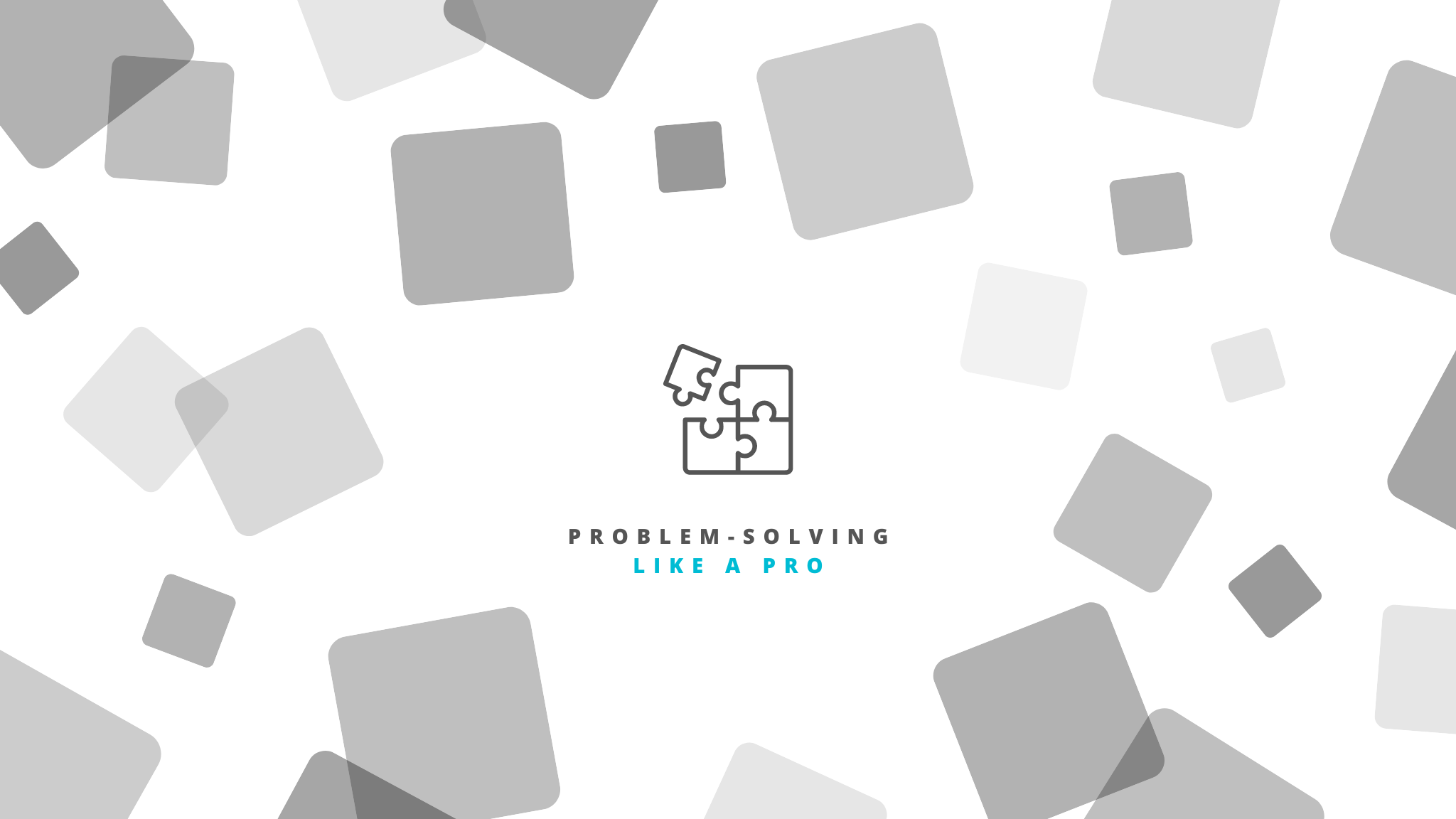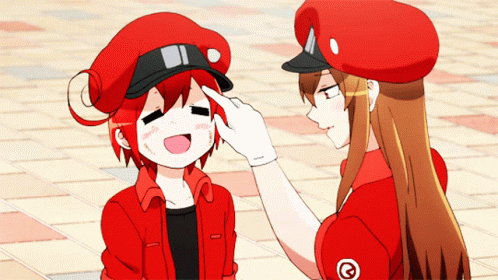Problem-Solving Like a Pro

Problems – we all face them. Life seems to be an endless stream of challenges that demand our attention and require us to muster the strength to overcome them. But what if we shift our perspective and view these problems as opportunities to grow and learn? What if we embrace the beauty in the art of resolving problems?
In this blog post, we'll explore the importance of problem-solving and discuss several strategies to help you hone this essential life skill.
The Importance of Problem-Solving
Problems are an inevitable part of life, and our ability to resolve them effectively greatly influences our overall well-being and success. Being a proficient problem-solver not only helps us navigate through personal and professional challenges, but it also enables us to contribute positively to the world around us.
Moreover, effective problem-solving helps us grow as individuals. By working through the complexities and overcoming obstacles, we learn valuable lessons, develop resilience, and become more self-aware.
Strategies for Effective Problem-Solving
All right, now then we know the importance of problem-solving, but how can we master the art of resolving problems? I will show you some of my strategies to overcome any problem...
Embrace the Problem
The first step to resolving a problem is accepting its existence. Rather than avoiding or denying the issue at hand, acknowledge it and face it head-on.
By acknowledging a problem, you can begin to identify the symptoms that are exposing it, break it down into its component parts, and gain a deeper understanding of it. Empathy can be particularly helpful in this process.

Often, symptoms can be mistaken for the actual problem. To avoid this confusion and prevent addressing the wrong issue, it is important to examine the underlying causes of the situation and ensure that there are no other factors contributing to it.
Break It Down
Complex problems can be overwhelming. To make them more manageable, break the problem down into smaller, more digestible components. This will help you identify the underlying issues and work through them systematically.
Breaking down a problem into smaller, more manageable parts can be achieved by visualizing the problem and analyzing it step by step. This involves identifying the critical path, bottlenecks, weak points, and other key factors. By solving each of these smaller problems one by one, you can work towards a potential solution for the original problem without having to tackle it directly.
Analyze and Understand
Take a step back and analyze the problem, and each sub-problem objectively. Gather as much information as you can about the issue and its context. Knowledge is an amazing tool that will help you better understand the root cause of the problem and identify possible solutions.
In this step, it's important to identify the inputs and expected outputs of the problem you're trying to solve. Creating a list of requirements, including notes about limitations and scope, can help clarify the problem and ensure that you address all relevant aspects. Additionally, acquiring an understanding of the background and context of each problem can provide valuable insights into potential solutions.
Generate Multiple Solutions
When faced with a problem, our natural inclination might be to latch onto the first solution that comes to mind. However, it's essential to generate multiple possible solutions and evaluate their merits and drawbacks. This will help you make a more informed decision and increase the likelihood of success.
When considering potential solutions to a problem, it's important to identify any potential drawbacks and estimate the process and outcome of each option. While there may be multiple solutions to a problem, certain options may be cheaper, safer, or more effective than others.
Select a Solution
For more complex problems that involve multiple issues, there are various strategies that can be used to find solutions, such as divide and conquer, dynamic programming, backtracking, trial and error, greedy, or pattern recognition. The best strategy to use will depend on the specific problem at hand.
In a future blog post, I'll discuss how to recognize different types of problems and choose the best algorithm or strategy to solve them.
Reflect and Learn
Problem-solving is often an iterative process that requires patience, persistence, and resilience. Embrace the fact that you might face setbacks and that your initial attempts might not be successful. Learn from your mistakes and keep trying until you find a solution that works.
Once you've resolved the problem, take the time to reflect on the experience. What lessons have you learned? What could you have done differently? How can you apply these insights to future challenges? By reflecting on your problem-solving journey, you'll continuously improve your skills and grow as an individual.
If Everything Else Fails, Let it go
If everything else fails, sometimes the best thing you can do is simply let it go. This can be a difficult decision to make, especially if you've invested a lot of time, effort, and emotion into trying to solve a problem.

Many of the problems you're facing right now may not matter in the near future, and holding onto them can cause unnecessary stress, anxiety, and frustration.
Letting go doesn't mean giving up or admitting defeat. Rather, it means acknowledging that some things are beyond your control and that it's okay to release them and move on to other things. By letting go of a problem, you free up mental and emotional energy that can be better spent on more productive endeavors.
Conclusion
The art of resolving problems is a vital skill that can greatly enhance our personal and professional lives. By embracing challenges, breaking down complexities, analyzing issues, generating multiple solutions, persisting through setbacks, and letting go when it's required, we can become adept problem-solvers. In doing so, we open ourselves up to growth, learning, and the beauty of overcoming challenges. So, the next time you face a problem, remember to view it as an opportunity to grow and embrace the art of resolving it.
If you enjoy the content, please don't hesitate to subscribe and leave a comment! I would love to connect with you and hear your thoughts on the topics I cover. Your feedback is greatly appreciated!

